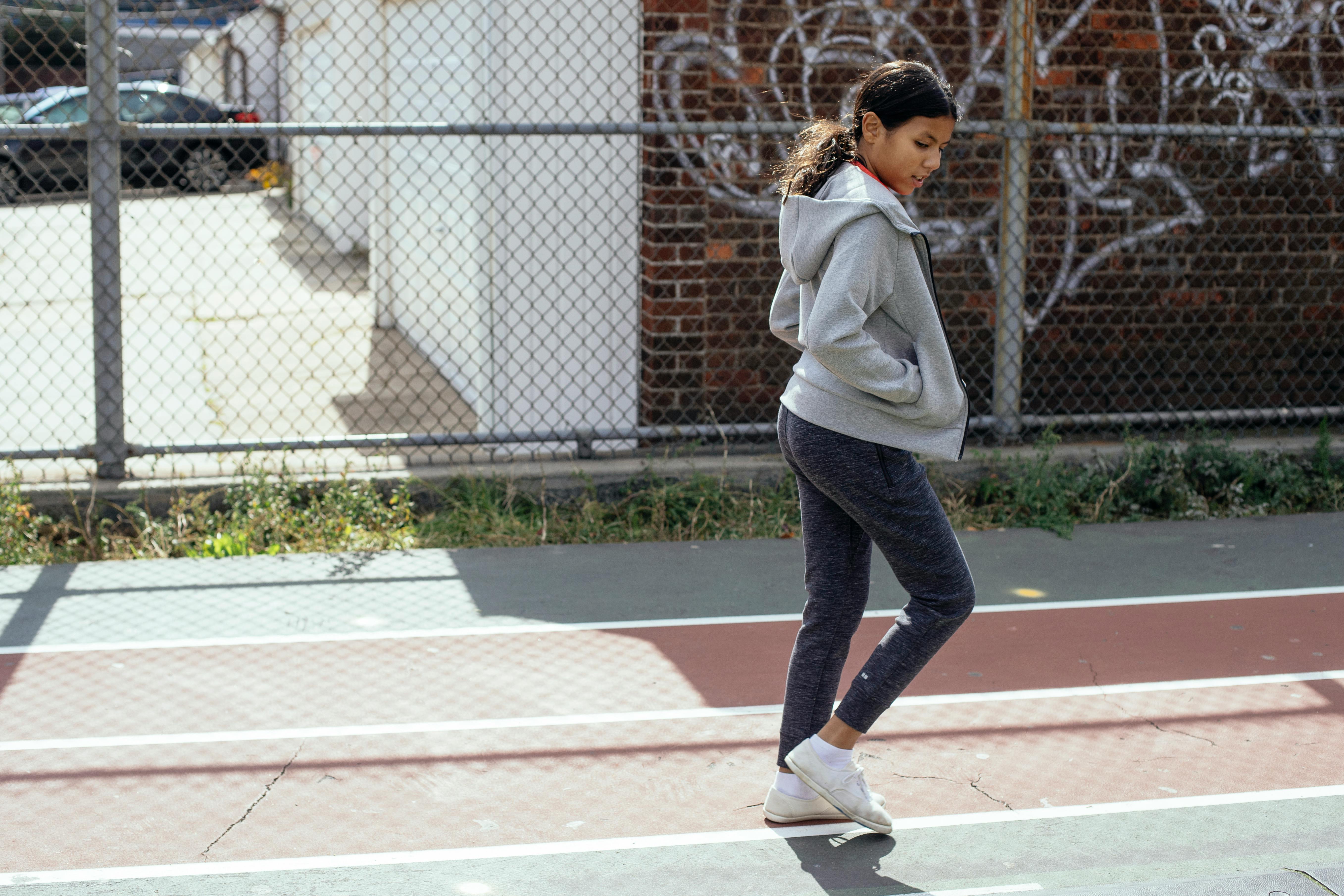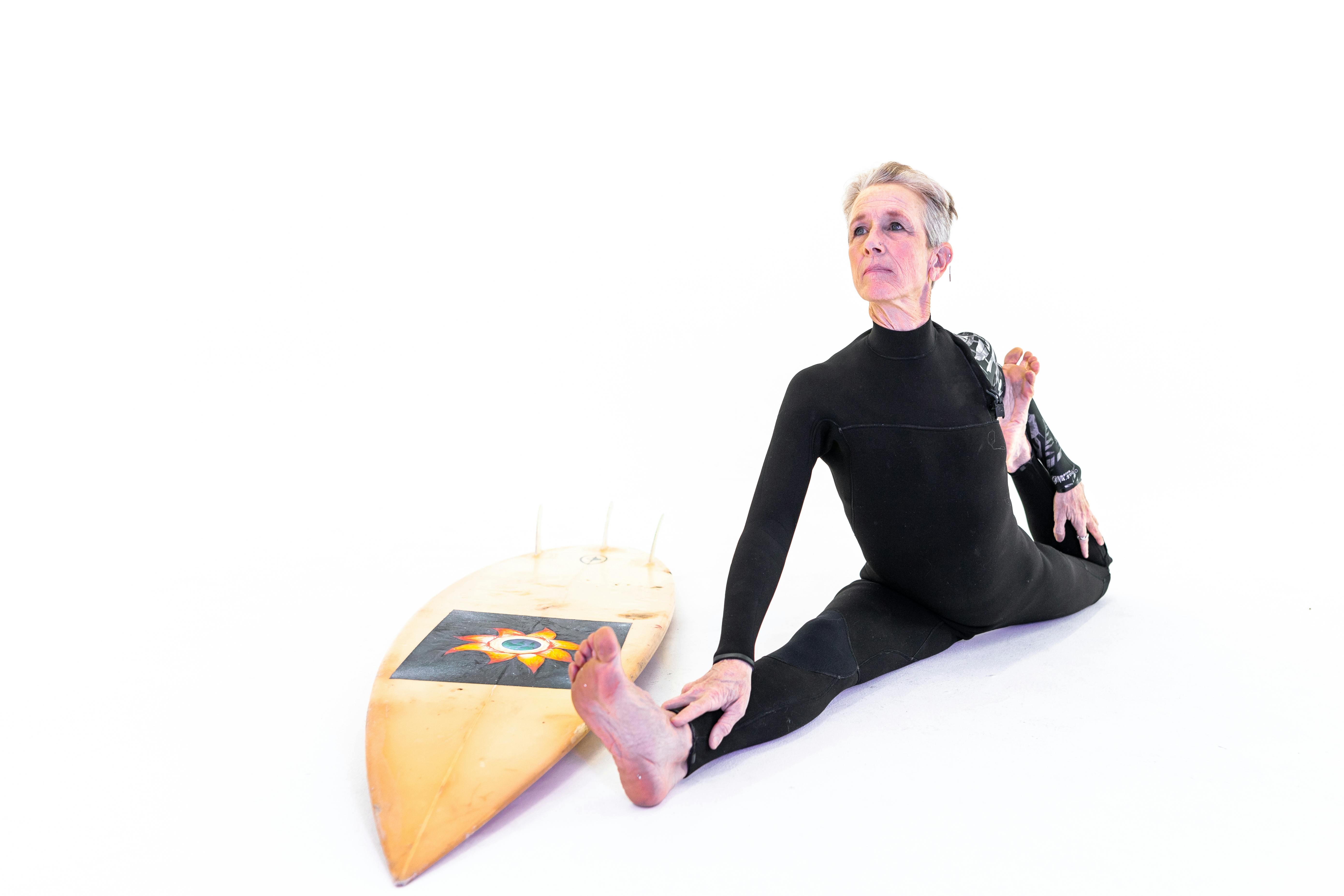liposuction
Liposuction has undergone a number of significant changes since it was first introduced in the early 1980s. The procedure permanently removes fat from specific areas of the body to recontour and improve shape. Liposuction can be used to remove specific areas of diet-resistant fat, and in some people who are slightly overweight, this can improve their metabolism. Although not an excuse to diet, the procedure can shed significant inches.
The key to the result is removing the right amounts of fat in the right areas to produce the result that the patient and surgeon are trying to achieve. Liposuction is literally sculpting the body’s insulating layer, the subcutaneous tissue, discreetly removing bulk to reshape the contour of the area. The key to the result is for the surgeon to understand the desirable human shape and remove amounts of fat to produce the desired result.
The latest techniques maximize the amount of fat removed, minimize bleeding, and produce a smooth contour. The process begins with a consultation with your surgeon. At your consultation, they will discuss your goals with you, assess any areas of concern, and together create a treatment plan. Liposuction is performed in our AAAHC certified operating room located in our office. For most patients, intravenous sedation is used. Your plastic surgeon will meet with you prior to the procedure and areas of concern will be marked, thus creating a roadmap for the procedure. Once you are asleep, small 4-millimeter incisions are made in inconspicuous, hidden locations to place the liposuction tubes known as cannulae. An anesthetic liquid called a toumescent solution is then injected into the regions to be treated. The tumescent solution contains two medications: one that inhibits bleeding and the second that acts as an anesthetic for 12-24 hours. This solution allows much larger volumes of fat to be removed and makes the patient feel much more comfortable upon waking. Once the solution is instilled, the liposuction process is performed. Finally, the incisions are closed and a compression garment or kenesio tape is applied to minimize swelling.
Most patients can go home within an hour after the procedure. The treated areas will have some soreness for 1-2 weeks. Depending on the volume of fat removed and the number of areas treated, patients have been able to return to their normal routine in 1-5 days. The patient will see some swelling in the treated areas. There may also be some bruising. Usually, it can take several weeks for the bruising to subside and several months for all swelling to subside. A series of treatments including lymphatic drainage and kenesio-taping can speed up the recovery process. These areas include the neck, chest, breasts, arms, abdomen, flanks, back, hips, outer and inner thighs, knee regions, lower legs, and thighs. ankles. In some cases where the volume of fat to be removed is small, the procedure can even be performed with only local anesthesia.
In some cases, liposuction patients ask if the removed fat can be used elsewhere. This is called fat transfer or fat injections. to enhance different regions of the body. Some doctors like to equate fat removal with liquid gold harvesting because of the positive effects fat transfer will have on the patient’s appearance.
Fat transfer to the buttocks is also known as the Brazilian butt lift. The fat can also transfer to the breast in some people. And in fact, we’ve also used fat to enhance the hands in patients who are bothered by the prominence of veins that they find unattractive.



